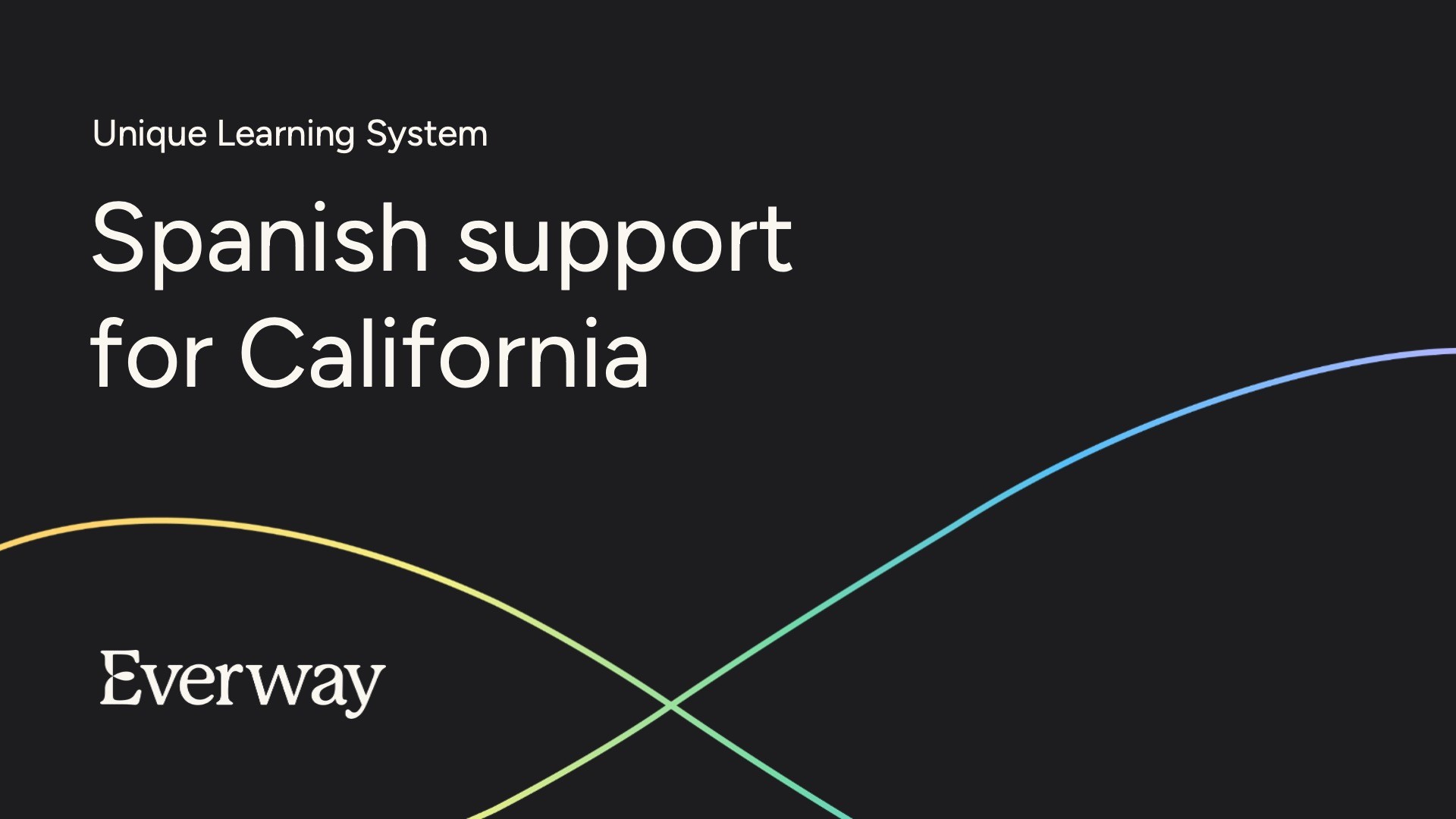Communication Is Key
One way to promote student success is to keep open lines of communication with other team members, whether it be the media specialist, PE teacher, cafeteria monitors, carpool attendants, or after-school staff. During remote learning, parent collaboration is even more important. By communicating and working together, team members can ensure that students are getting the supports they need as consistently as possible.
Clarify Expectations
As students move outside of the classroom, whether to a specials class, cafeteria, playground, or other space in the school, they need to understand what the expectations are in each space. The same is true of students learning at home. Clear expectations are particularly important for students who have difficulty generalizing rules and routines. They may need to be reminded of or retaught skills in each of these new environments.
Consider how the physical environment can help clarify expectations:
- Arrange seating in a way that directs the student’s attention in the desired direction.
- Use shelving, rugs, or even tape on the floor to set visual boundaries to clarify where activities should take place.
- If a student has difficulty with the wide-open space of a gym, use cones, mats, or other visual cues to divide the space and show where the student should be in that space.
- Provide cones or color-coded lanes to indicate where to stand in the carpool line, or use a moveable cue (a silhouette image of feet) to place on the ground as the student moves through the line.
- In a remote learning environment, be sure to set up a dedicated learning space (a bedroom corner, a nook in the kitchen, a dining room table) so it is clear to the student that learning, and only learning, will take place in that space.
Another way to clarify expectations is to use a schedule or checklist in spaces outside of the primary classroom. This allows students to see what activities or tasks are coming up and in what order they will occur. A schedule can also indicate where the student will be going at the end of the period, so they know what to expect next. It is important to have consistent behavior expectations across the school environment when possible.
If a student uses a reinforcement system in the classroom, share this with the specials teachers so the student has the opportunity to earn the same reinforcers for the same behaviors across the entire day. When behavior expectations differ from one setting to another (for example, a quiet voice is necessary in the media center, but not on the playground), be clear about these differences. Be intentional about highlighting any behavior expectations that differ for remote learners as well. Online learning brings new challenges for paying attention, engaging in class, and learning online etiquette rules.
Lastly, think about strategies that you use to engage your student during learning tasks. If you routinely use strategies that your student responds well to, then it would benefit others if you share your tips and tricks. For example, if your student routinely relies on visual supports to understand task directions, a similar strategy is likely to be helpful in art or music class. If your student needs extra time to process new information, share this with others so they can have a similar expectation. If you use a student’s special interest to gain and retain their attention, this could be useful in other environments as well.
Promote Communication
Many students experience new challenges outside of the classroom. This can often be compounded for students who also have communication difficulties and struggle to make their needs known. Consider what sort of support your student may need for both expressive and receptive communication when they are outside of their primary classroom.
Students who need help initiating communication in the classroom may require additional support in novel environments, especially in a remote setting. They may need to be taught, or retaught, how to initiate, whom to direct their requests to, and exactly how to make their needs known. Practicing or role-playing this skill in different environments can be helpful. Assigning a peer model and enabling the student to observe performance of the skill can also be helpful. For example, encourage your student to watch a preferred peer and note what they do when they need help. For remote learners, a task analysis (breaking the skill down into discrete steps) can support a student’s ability to make needs known.
Social communication is another area of need for many students. When given the chance to interact in the cafeteria and on the playground, expectations can be unclear. Provide your student with suggested conversation topics, sentence starters to help them engage in casual conversation, and guidelines for understanding body language in social situations.
To support receptive vocabulary, consider labelling items that are novel and specific to different settings. The art room contains many items that may be unfamiliar to a student. The music room has instruments that many students have never seen or interacted with before. Provide clear labels so students not only have the language to identify items, but also so they know clearly where things belong in each space. In addition, students learning remotely are being exposed to a wide variety of new vocabulary related to technology. Spend time explicitly teaching the words for parts of a computer, functions on the keyboard, and options within the software that is being used.
Routines for Transitions
Students often rely on routines throughout their day. By developing routines for transitioning from one space to another, we can set students up for a successful experience when they leave their classroom. Routines for lining up and moving throughout the hallways can facilitate transitions. Designate a line leader, a door closer, or a “caboose,” and be clear about expectations for hallway behavior. Consider whether your student could benefit from using a transition cue to signal when it is time to leave. An object, picture card, or written cue can be provided to signal the start of a transition routine back to the classroom.
When given routines for finishing an activity, students have a clear indication of when a class period or activity is finished. This can be especially helpful for students learning from home who experience difficulty transitioning away from daily routines and activities at home. A clear ending to an activity will help facilitate the transition to the next location. To clarify the end of an activity, establish a routine for cleaning up, have a clear place for finished work to be turned in, or teach a routine for returning to a designated space (for example a work table, an individual desk, or the circle-time carpet).
Students thrive on consistency and familiarity, so there is no need to start from scratch when planning how to support your student outside of the classroom. If a strategy works well in the classroom, use a similar support in other locations. Students who need supports in class will need them as they move beyond the classroom: checklists to complete work, sentence starters to answer questions, labels to know where things go, and routines for completing activities.
Think about how you can involve students in the process of identifying areas of need. Allow them to advocate for themselves when possible and to give feedback about what works and what doesn’t across different environments.



